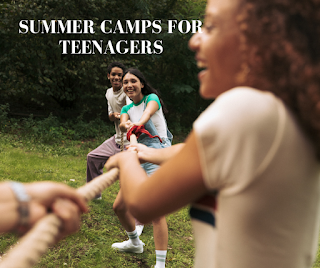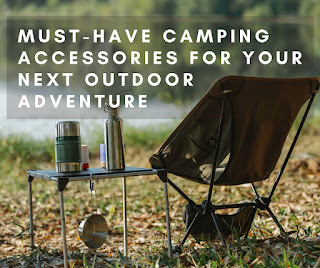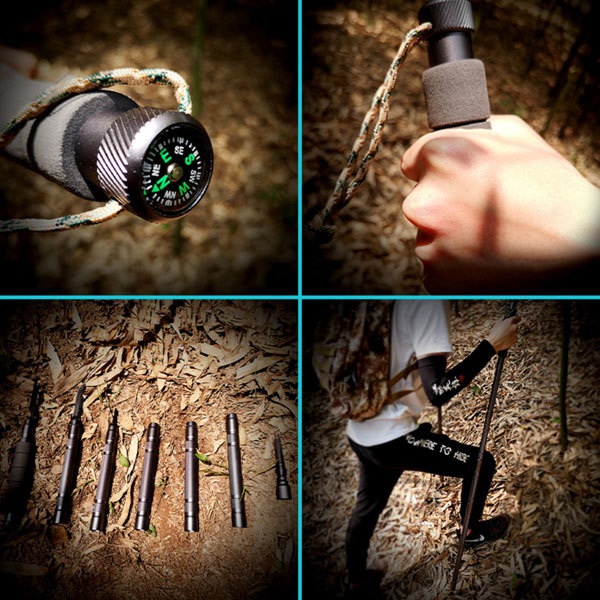Originally Posted On: https://patcalabreselandscaping.com/landscaping-on-a-budget-tips-for-affordable-curb-appeal/
Enhancing the appearance of your property through landscaping is a fulfilling and value-adding process when executed skillfully and with intent. Garden and yard design options are endless, offering everything from the chance to turn your yard into a relaxing outdoor lounging area to the opportunity to grow gorgeous species of flowers in your own front yard.
However, landscaping can potentially incur significant expenses, particularly if done impulsively or without a cost-conscious approach. So, before getting your hands dirty, consider the following budget-friendly landscaping ideas to help you achieve your goals while keeping costs in check.
Continue reading below for practical, effective tips to get the most value out of your landscaping efforts.
Say No to Annuals and Yes to Perennials
Opting for annual plants is an excellent choice if you want to add colors to your garden beds and containers. However, annuals only thrive during their growing season and must be discarded after flowering. The recurring expenses and time investment in replacing annual plants can add up and become daunting and seem like a waste of money.
So, what do we suggest as a cost-effective alternative? Consider incorporating perennial plants into your landscaping design. These plants come back year after year, offering a longer-lasting solution and allowing you to pay once and reap the colorful benefits for years.
Some popular perennial species include:
- Lavender: Known for its fragrant purple spikes, lavender isn’t only beautiful but also attracts pollinators.
- Coneflower: Coneflowers come in various colors and are known for their daisy-like blooms. They’re also great for attracting butterflies.
- Daylily: Daylilies are easy to grow and offer a variety of colors. They bloom profusely and are low maintenance.
- Peony: Peonies are renowned for their large, lush, and fragrant blooms, making them a classic favorite in gardens.
- Hosta: Hostas are appreciated for their foliage rather than their flowers. They come in various shades of green, blue, and even variegated forms.
- Black-eyed Susan: These bright, yellow flowers with dark centers are great for attracting butterflies and are known for their hardiness.
- Russian sage: Russian sage is a drought-tolerant perennial with grayish foliage and tall spikes of small, lavender-blue flowers.
- Bee balm: Bee balm, or monarda, is a favorite of hummingbirds and pollinators thanks to its colorful, tubular flowers.
- Sedum: Sedums, also known as stonecrops, come in various sizes and colors. They’re known for their succulent leaves and are excellent ground covers.
Use Large Grasses for Filling Empty Spaces
Incorporating tall ornamental grasses like switch grass or beak grass is a popular choice for homeowners and for all the right reasons. These plants do a great job of adding a subtle yet classy appeal to any landscape, and the cost for a big bundle is typically quite affordable.
These grasses also have a rapid growth rate, making them an excellent option for a privacy wall between you and your neighbors.
If you’re on a budget and looking for an affordable plant or landscape greenery to fill unsightly gaps or soil, we highly recommend adding tall grass to your list of inexpensive ideas.
Less Is More: Use Fewer Plants
While building a mixed range of plants and flowers from your local garden center is tempting, consider simplicity a cheaper option. It’s easy to get caught up in attempting to mimic landscape magazines and placing every plant you can get your hands on into your yard, but we have a better option.
Restrict your selection to just a few distinct plant types, including the following:
- A single variety of evergreens
- A single variety of larger shrubs
- A simple mix of perennial types
This approach effectively populates your space without appearing too overwhelming and ensures a cost-effective landscaping solution.
Add Texture With Mulch Beds
If you ask us, mulch is the holy grail of simple, affordable, low-maintenance landscaping.
Mulch is one of those landscape add-ons that you’ll find in nearly every yard. Why is it so widely favored? Well, the primary reason is affordability.
Mulch’s average cost per cubic yard is $18, making it highly cost-effective, especially if you need it in bulk. If you have a small yard or are looking to fill only a few little areas with this versatile material, bags can run as low as $4—a price tag that can work wonders on your wallet.
Beyond its price appeal, mulch offers undeniable benefits to your outdoor space. It’s advantageous for the base of young and new trees and garden beds, as it helps maintain the necessary moisture that vegetation needs for optimal growth.
Consider Xeriscaping as a Thrifty Approach
Xeriscaping is another excellent option if you’re looking for affordable ideas that will help you reduce excessive water usage and keep the overall cost low. While some designs can be pricey, there are affordable options to enhance your yard’s appearance. Since xeriscaping isn’t an all-or-nothing landscape idea, you can incorporate various elements into the surrounding greenery.
So, what options do you have that will be good for your pocketbook? Some include:
- Gravel
- Stone pathways
- Ornamental grass
- Water features
- Mulch or sand
By incorporating some of these materials across your property, you can save money while enjoying a hybrid landscape-xeriscape yard.
Plant Native Plants to Save Water and Stretch Money
Yet another savvy way to save on your landscaping project is to select indigenous plant species for your region. Local plants require less maintenance and watering, translating to long-term savings.
Each region has its own unique plants due to the local climate and soil conditions. In Pennsylvania, for instance, some excellent picks include:
- American columbine
- Dense blazing star
- Cardinal flower
- Virginia bluebells
- White beardtongue
If your budget is tight, but you don’t want to forego a colorful addition of flowers, you can find excellent bargains for many of the types listed above.
Upgrade Your Landscape With Lights
We consider this the ultimate affordable landscaping hack. When done right, the price is low, and the benefits are high.
If you’re more of a night owl and prefer lounging in your yard after sunset, consider hanging luminescent string lights around your backyard seating area. For under $100, you can light up the sky while keeping money in your pocket for outdoor barbeques and hosting guests.
Alternatively, consider installing pathway lights if you prefer a simple landscape but want to add some pizzazz. You can find solar LED pathway lights at your local department store for as low as $15 or less on sale.
Since installation is simple and can be a fun DIY project, you can enjoy an illuminated yard for as little as a few hundred dollars.
Work with Us for Affordable, Sustainable Landscapes
Pat Calabrese & Son is passionate about bringing budget-friendly landscape ideas to life. Reap the benefits of a magazine-worthy yard by calling us at






















